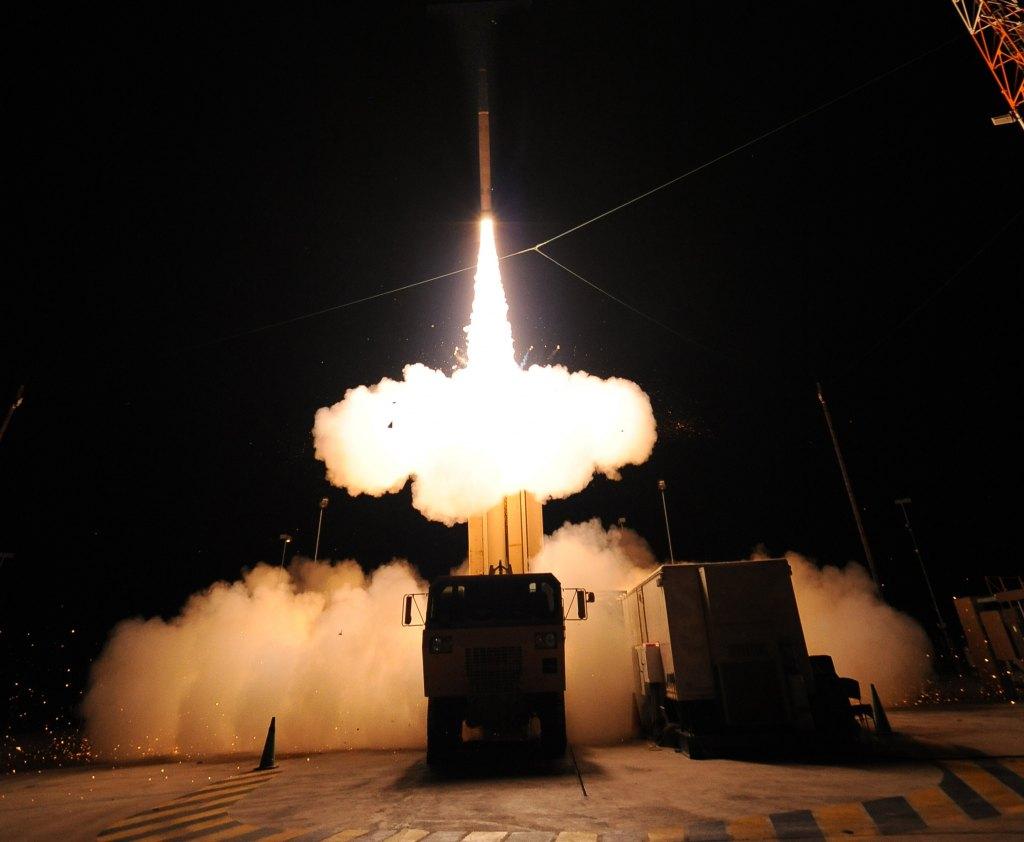In the late 1990s, defense hawks and doves were involved in an intense debate over missile defense. The Clinton Administration had stomped on the brakes, reducing the Reagan-Bush program to a research effort. Official intelligence estimates saw the threat to the U.S. homeland from nations such as Iraq, Iran and North Korea as maturing only slowly, if at all. Republicans in Congress and a number of eminent think tanks had been pressing the White House to take a more pro-active stance, including a more critical evaluation of available intelligence, withdrawal from the 1972 ABM Treaty and deployment of a national missile defense system.
To address the impasse, both sides agreed to create an independent commission to examine the problem. This was the 1998 Commission to Assess the Ballistic Missile Threat to the United States, also called the Rumsfeld Commission after its chairman, former and future Secretary of Defense, Donald Rumsfeld. The Commission consisted of members selected by the White House and both Congressional Republicans and Democrats. While the principal focus of its work was on the ballistic missile threat to the homeland, the Commission addressed the broader global environment supporting the proliferation of both ballistic missiles and weapons of mass destruction as well as the ability of the Intelligence Community to follow these developments. Given the sensitivity of the issues and the composition of the Commission it is remarkable that it produced a powerful consensus document with few dissents.
When I heard about the recent inadvertent leak of the intelligence assessment that North Korea possessed the ability to miniaturize a nuclear weapon for deployment on a long-range ballistic missile, I went back to my copy of the Commission’s report. Its findings and conclusions have stood the test of time remarkably well. In particular, the report concluded that:
A new strategic environment now gives emerging ballistic missile powers the capacity, through a combination of domestic development and foreign assistance, to acquire the means to strike the U.S. within about five years of a decision to acquire such a capability (10 years in the case of Iraq). During several of those years, the U.S. might not be aware that such a decision had been made. Available alternative means of delivery can shorten the warning time of deployment nearly to zero.
Concerted efforts by a number of overtly or potentially hostile nations to acquire ballistic missiles with biological or nuclear payloads pose a growing threat to the United States, its deployed forces and its friends and allies.
The threat to the U.S. posed by these emerging capabilities is broader, more mature and evolving more rapidly than has been reported in estimates and reports by the Intelligence Community.
The Intelligence Community’s ability to provide timely and accurate estimates of ballistic missile threats to the U.S. is eroding. The warning times the U.S. can expect of new, threatening ballistic missile deployments are being reduced. Under some plausible scenarios — including re-basing or transfer of operational missiles, sea- and air-launch options, shortened development programs that might include testing in a third country, or some combination of these — the U.S. might well have little or no warning before operational deployment.
In fairness to the work of the Intelligence Community at the time, the ballistic missile and WMD threats have taken more than 15 years to mature. Global non-proliferation efforts were partially successful. But all the countries the Commission called out as sources of threat or concern, with the exception of Iraq, have grown more capable and, hence, more dangerous since the Commission published its report. In addition, the ability of the Intelligence Community to penetrate these hard target countries and provide high confidence assessments of their capabilities, programs and motivations has not improved.
The recent revelation about North Korea’s nuclear capabilities when coupled to its last successful test of a space launch vehicle — read ICBM — has enormous implications for U.S. defense policy. Simply put, the U.S. is way behind the power curve when it comes to defending against ballistic missile threats. Theater and homeland defense suffer from an insufficiency of sensors, platforms and interceptors. The administration had to reverse itself on National Missile Defense, deploying an additional 14 interceptors that it had previous eliminated from the plan. This step forward was undermined by the two steps back the administration took with its decision to cancel the last phase of its Phased Adaptive Architecture, the Standard Missile IIB. The U.S. and our allies need more and better missile defenses now, not when the threat surprises us.










